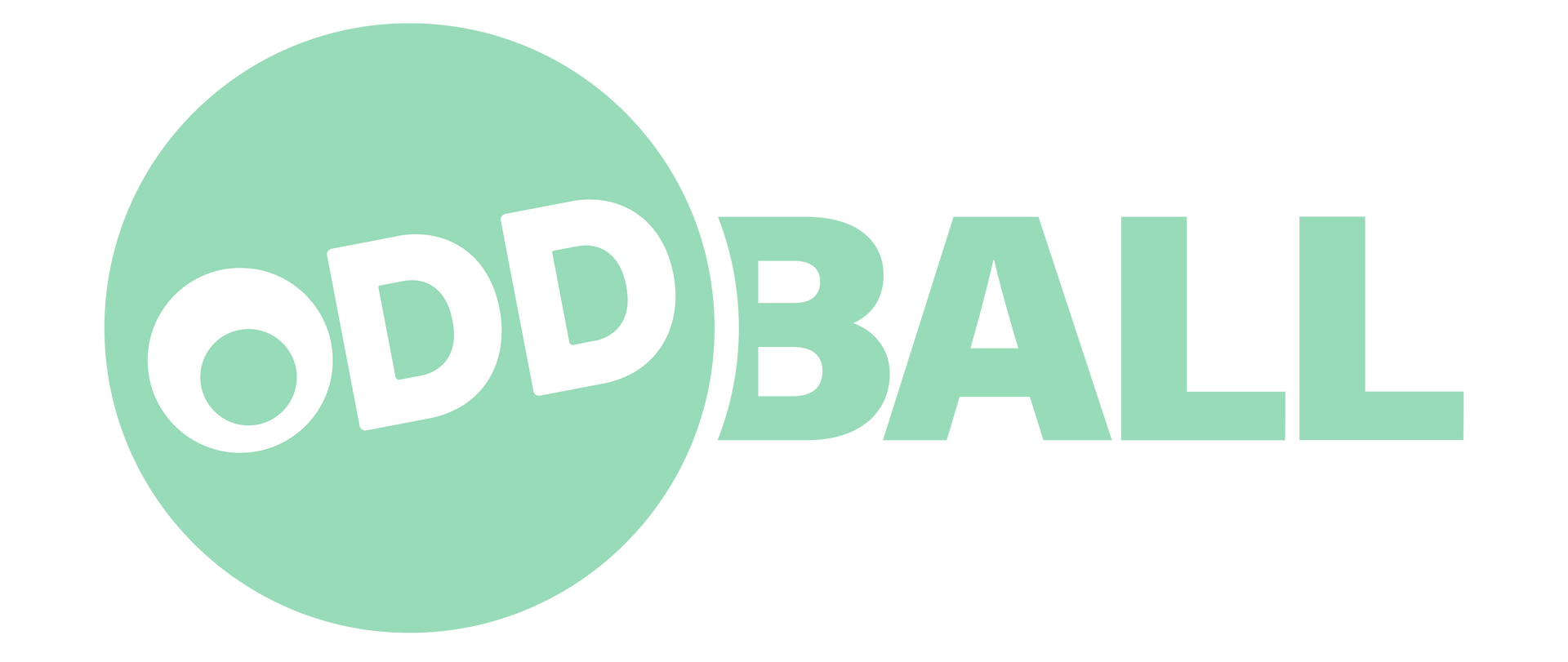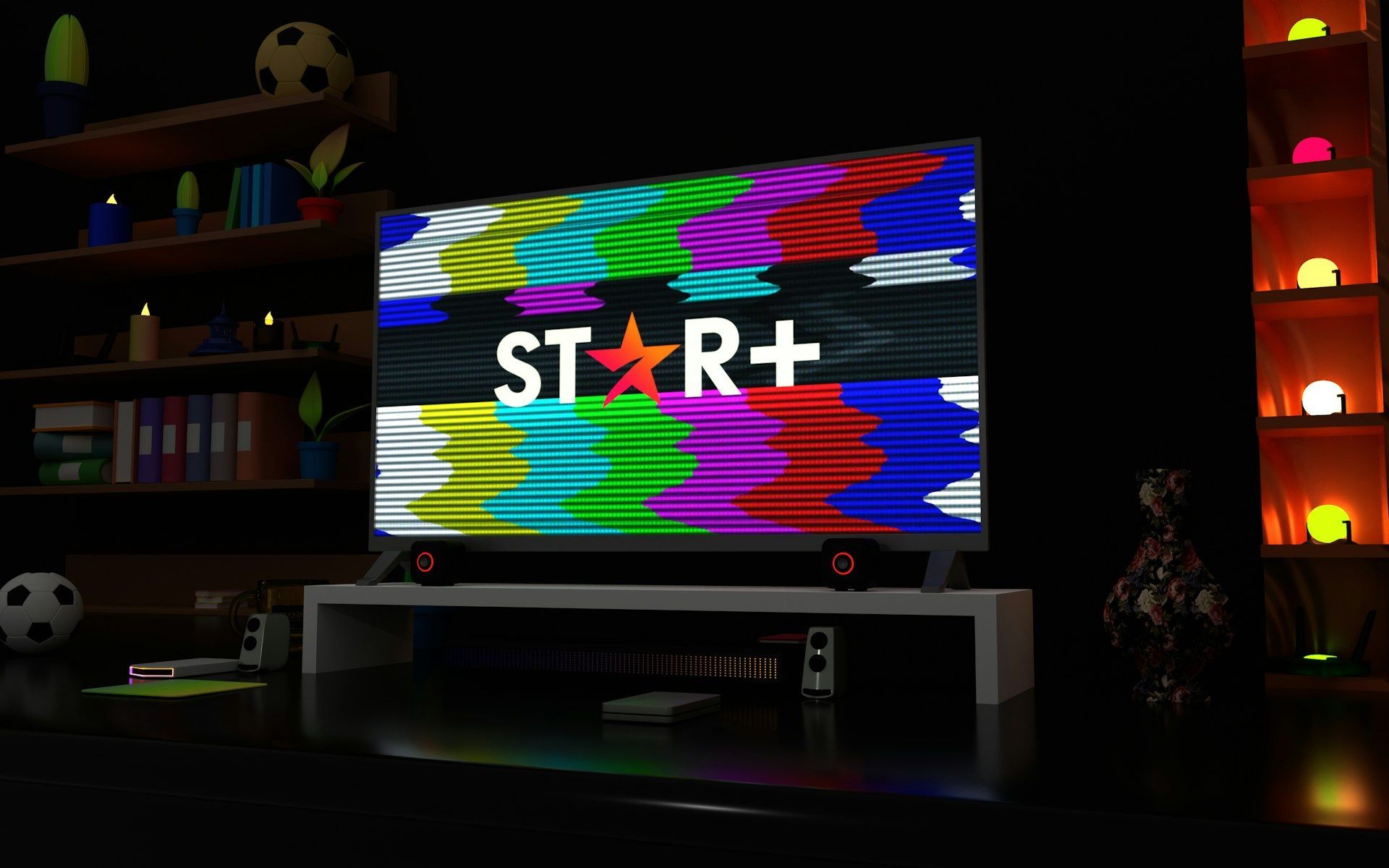Building an Online Presence with Blogging
Building an online presence today is more important than ever. Having a strong online presence allows you to reach a wider audience and engage with individuals who are actively looking for the services or products you offer. While various methods can be employed to achieve an online presence, blogging stands out as one of the most effective tools. By maintaining a blog, you share valuable information, connect with your audience on a personal level, and drive traffic to your site.
Blogging, when combined with Search Engine Optimization (SEO), can significantly enhance your visibility online. Through strategic use of keywords, meta tags, and properly structured content, your blog can rank higher in search engine results. Higher visibility means attracting more visitors who are interested in what you have to say, which ultimately helps in growing your business.
Choosing the Right Blogging Platform
When starting a blog, choosing the right platform is a big decision. Popular options like WordPress, Blogger, and Wix each bring unique features and benefits to the table. Understanding these can help you pick the right home for your blog.
- WordPress: Offers a versatile platform with both free and paid versions. It's known for extensive customization options, a vast library of plugins, and templates that make creating unique blogs easy. While it does have a learning curve, the flexibility might be worth it.
- Blogger: This is a straightforward choice for those who prefer simplicity. Owned by Google, it integrates well with other Google services and offers a free, easy-to-use platform. Though its features are more limited compared to WordPress, it's perfect for beginners.
- Wix: Known for its drag-and-drop interface, Wix makes designing your blog a breeze, even for non-techies. It's user-friendly, but advanced customization can be limited unless you opt for a premium plan.
When selecting a platform, think about your goals. Are you looking for something simple to get started fast? Or do you want a blog that can grow sophisticatedly over time? Consider the features that are most important for your needs and how they align with your long-term goals. With the right platform, maintaining a blog becomes a smooth, manageable process.
Crafting Quality Content
Creating high-quality, engaging content is a cornerstone of successful blogging. It's about connecting with your audience by offering valuable insights and information. Readers come to your blog looking for answers, so it's vital to deliver posts that are relevant and interesting. This not only keeps your audience engaged but also encourages them to return for more.
When writing blog posts, focus on what your readers are interested in. Think about what questions or problems they might have and shape your content around providing solutions. Organize your thoughts clearly, ensuring each post has a coherent structure. Using various types of media like images and videos can also enrich your posts, making them more enjoyable and visually appealing. For example, a well-placed image or an informative video can break up text and hold readers' attention longer.
A few tips for crafting great content include:
- Start with a catchy title that clearly conveys the topic.
- Use headings and subheadings to break down content into digestible sections.
- Maintain a conversational tone to make your writing relatable.
- Include personal anecdotes or insights where appropriate, giving your blog a human touch.
Implementing Search Engine Optimization
Search Engine Optimization, or SEO, plays a critical role in ensuring your blog reaches a wider audience. It involves optimizing your content so it ranks higher in search engines, making it easier for people to find you. Understanding the basics of SEO can make a significant difference in how much visibility your blog receives.
Start with keyword research to find the terms that your potential audience is searching for. Incorporate these keywords naturally throughout your posts, especially in titles, headers, and meta descriptions. This practice helps search engines understand the topic of your content, improving the chances of appearing in relevant search results.
Make sure to optimize each post by using:
- Well-crafted meta descriptions that summarize the content.
- Alt text for images, helping search engines understand visual content.
- Internal links that connect related posts on your blog, enhancing user experience and navigation.
Promoting Your Blog
Once your blog post is live, promoting it effectively can drive even more traffic. Social media is a powerful tool for sharing your content with a broader audience. By posting your blog links on platforms like Facebook, Twitter, and LinkedIn, you invite your followers to engage with your new content.
Email marketing is another efficient method. Sending newsletters featuring your most recent blog posts ensures that your subscribers never miss an update. Additionally, networking with other bloggers and considering guest posting can also expose your blog to new readers.
Building an online presence through blogging involves careful planning and effort; however, the rewards are well worth it. By implementing the best practices in content creation and SEO, you can ensure that your voice is heard in the vast world of the internet.
Boost your blog's impact and reach by exploring the potential of
search engine optimization with Oddball Creative. Our expertise can help you enhance your online visibility and engage more readers. Reach out to us to learn how we can elevate your content strategy and connect with your audience more effectively.



